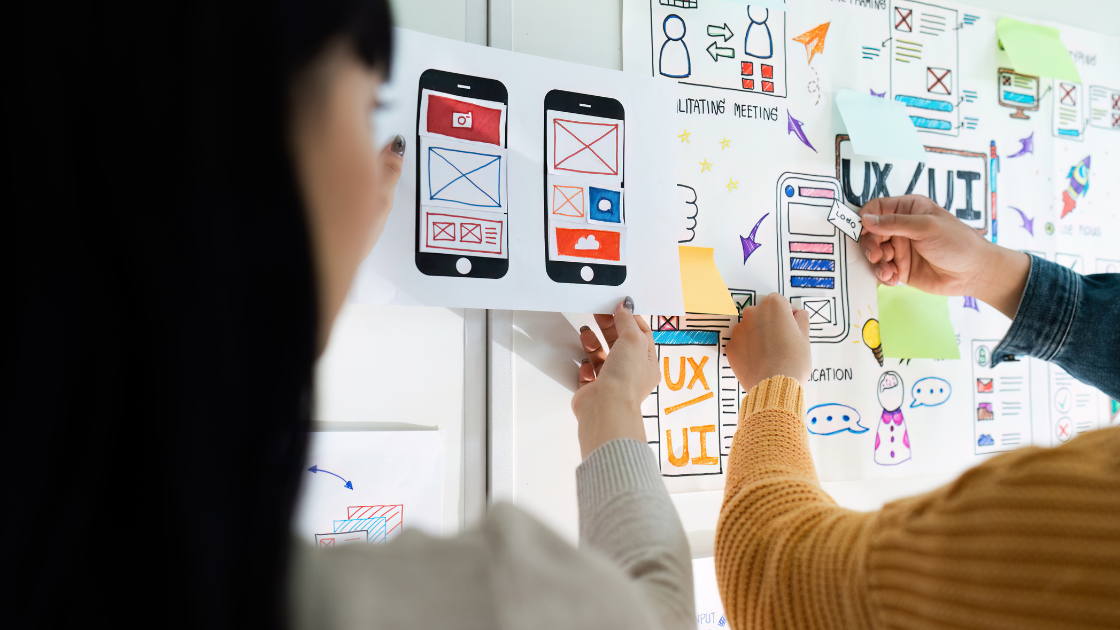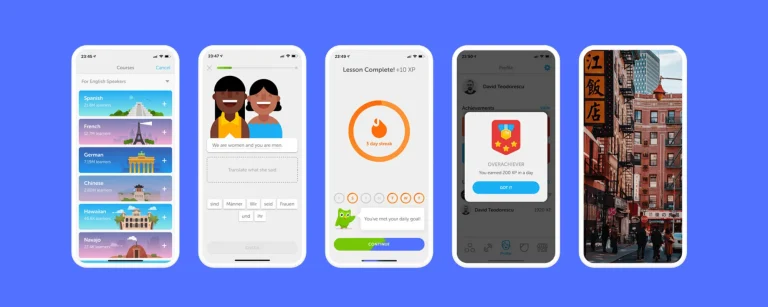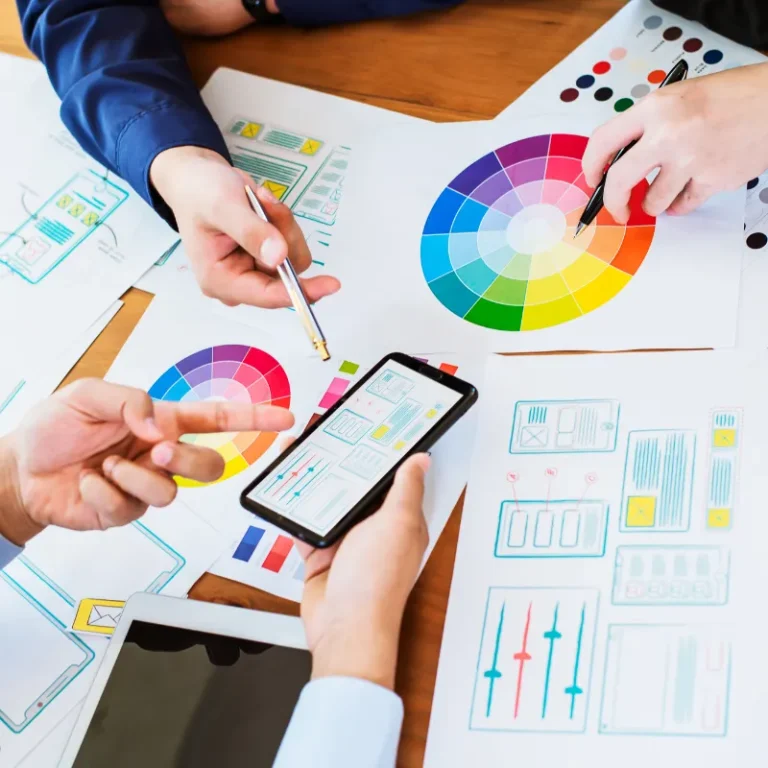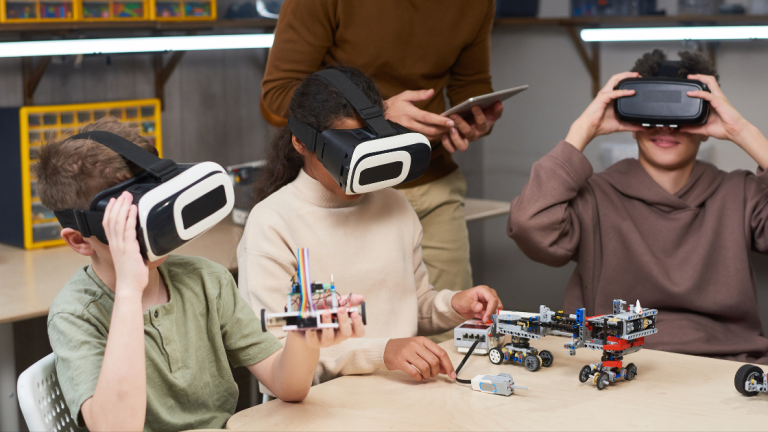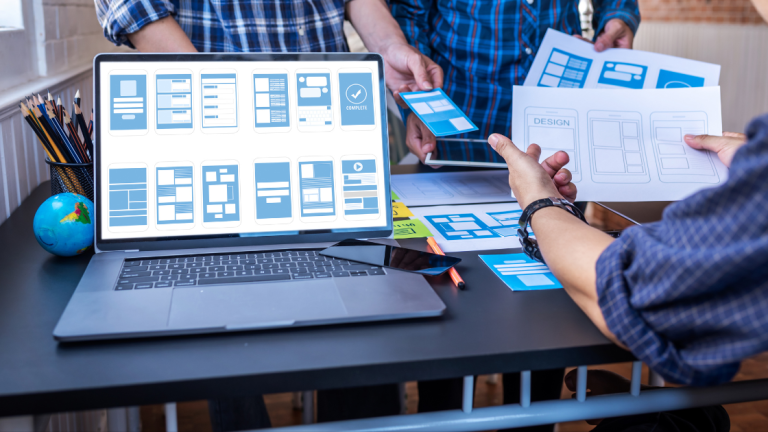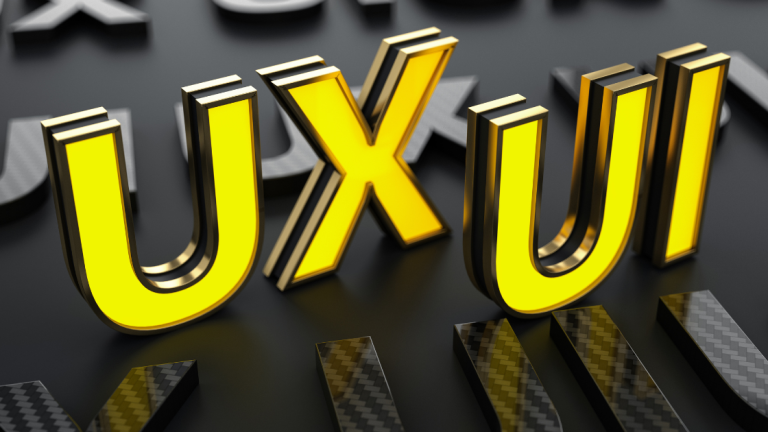Simplification is a key focus in UI innovation trends for the future. As digital experiences become integral to daily life, users expect intuitive, seamless, and easy-to-navigate interfaces.
Whether web applications or mobile applications, smart devices- the future of UI innovation trends caters to making things less complicated for smoother interactions. This simplicity shift is not merely about aesthetics but makes a product more functional, accessible, and easy to use.
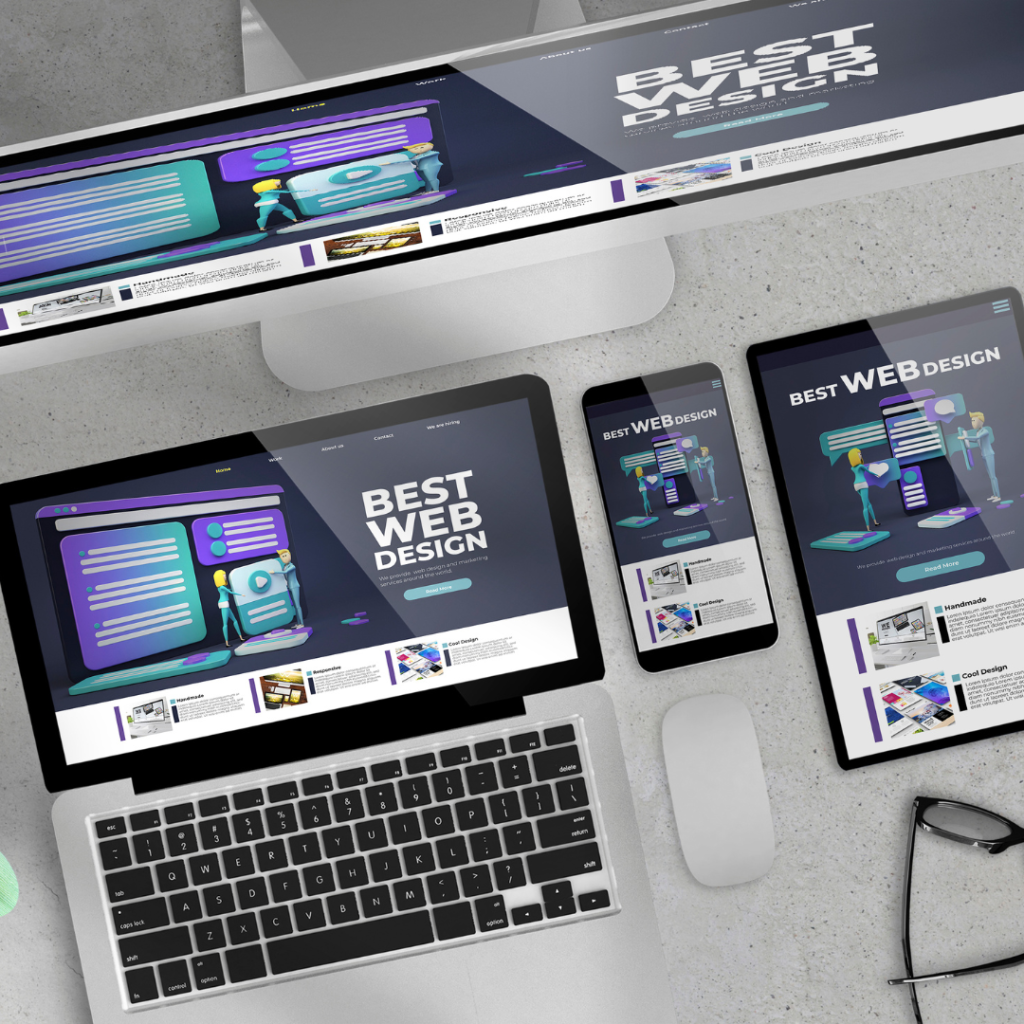
- Minimalism In UI Design
Minimalism is one of the prominent trends leading to UI design simplification. This means removing all the redundancy and focusing on the core skeleton of the interface. The outcome is visually clean designs that are readable and easy to use. The user stays focused on what matters most and finishes tasks faster since there is less that can distract them.
Minimalism also goes beyond aesthetics. Clutter reduction enhances user experience by allowing an interface that is so simplistic that navigation will be incredibly effortless. Apply white space or use negative space to allow content to have space to breathe out and free up the cognitive load. This makes the interfaces intuitive so that users can achieve their goals with reduced stress.
- Focus On Functionality
As UI design remains bare, there arises a higher focus on functionality. In the future, experiences have to be digitized as close to smooth as it can be and as easy as it gets. Finally, users would consider interfaces for doing what they want to do without much confusion.
Clear Navigation is the core element in this trend; that is, the user should be able to find what he or she is looking for with no much confusion. This will result in intuitive and user-friendly navigations that bring an easy flow throughout the interface. The second most important factor is minimizing user input instead of forcing a user to manually input information because UI designs are shifting towards predictive technologies with the help of AI-powered forms, auto-fill features, etc. All these improvements not only save time but also make the experience more streamlined.
- Voice And Gesture-Based Interactions
The fourth way is the simplification of UI design through the rise of voice and gesture-based interactions. People begin using more and more voice assistants to accomplish things with their devices, relying on voice commands to get things done. This occurs naturally, as typing and clicking is no longer needed, bringing it closer to more natural human behavior.
Gesture controls are also really taking off. Swiping, tapping, and pinching allow users to interact with interfaces intuitively in a way that can simplify navigation and make the experience more immersive. These will continue to emerge because these technologies, such as AR and VR, have become even more mainstream and so much more possible.
- Personalization And AI
Now, artificial intelligence plays a significant role in streamlining user interface design by personalizing it. Interfaces based on AI are easy to handle, as they manage themselves according to user’s preferences, habits, and previous interactions. It makes the user experience more efficient and enjoyable as the interface becomes tailored to the needs of individual users.
Personalization will start to become apparent at the level of Netflix or Spotify, where content is suggested based on user behavior. Going forward, these AI interfaces will intuitively push personalization into even deeper domains. Interfaces will anticipate your actions and give you suggestions that will make interactions easier and more enjoyable.
- Consistency Across Devices
With people multitasking and using a multi-device world, users expect the same experience from one platform to another. Simplification of UI design for the future shall also mean that the interfaces are all uniform and responsive, irrespective of which device a user may be on- from smartphones to tablets to smartwatches. An interface should seamlessly adapt, providing a homogeneous look and feel across devices.
This also encompasses responsive design. Since responsive UI can automatically change the screen size and orientation, users have a seamless experience through responsive design. The cross-platform design also enables a user to begin a task on one device and pick it up with no adjustments on another. The kind of consistency it creates fosters trust and familiarity, which in turn creates a better overall user experience.
- Inclusive Design
Therefore, inclusive UI design also means making digital experiences easier for everyone. The future of UI design will operate on the principles of accessibility so that interfaces are easy for all users, including people with disabilities. This will result in a wide range of audiences that will easily use brands’ products and services.
Those features in accessible design might be compatibility with screen readers, readable icons, and easy navigation. Besides, high-contrast color schemes might be necessary for the visually impaired. The design simplification will thus be a relief, but most importantly, every digital product should be usable by every single person if a brand focuses on accessibility.
Conclusion
As a result, simplicity has surfaced as the future’s primary goal for UI design, focusing more on minimalism, functionality, and user-friendliness. This will change the shape of how digital behavior is sculpted, with interfaces as intuitive and efficient as they could possibly be.
Voice-activated interaction and gestures ease people into touch technology, and AI is personalizing and streamlining the user experience. Consistency and inclusivity will play pivotal roles in building seamless experiences through increasingly mobile and cross-platform interaction.
Simplicity, as depicted in UI design, is not just a trend but the future of fulfilling users’ progressive needs. Tomorrow’s UI innovation trends will be about easy, intuitive interfaces that make interaction easy and pleasurable in general.

